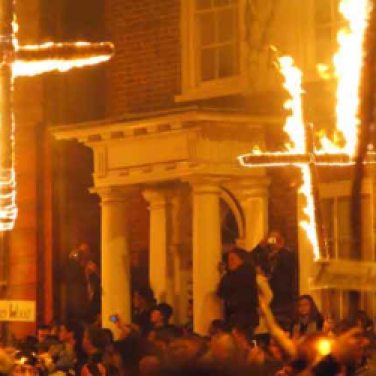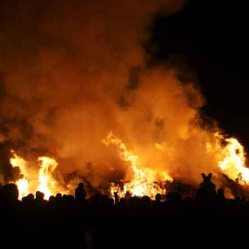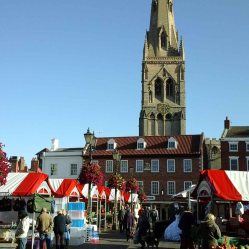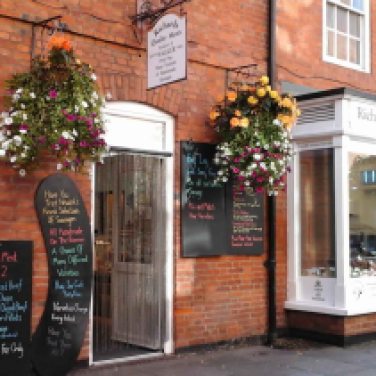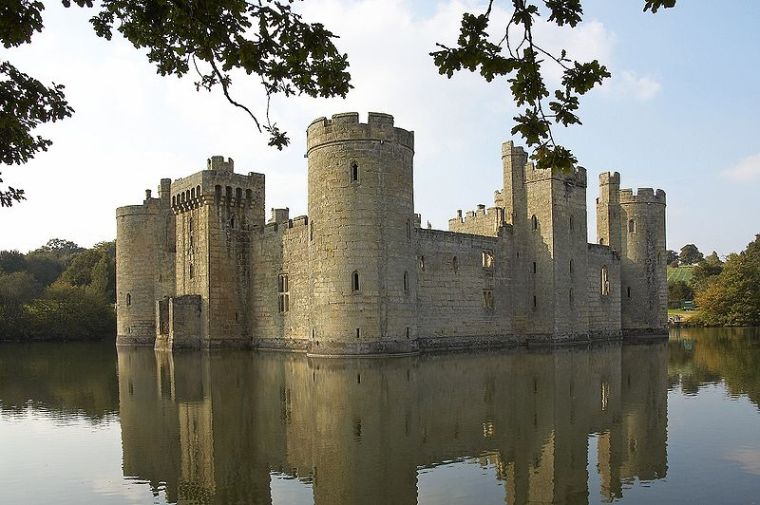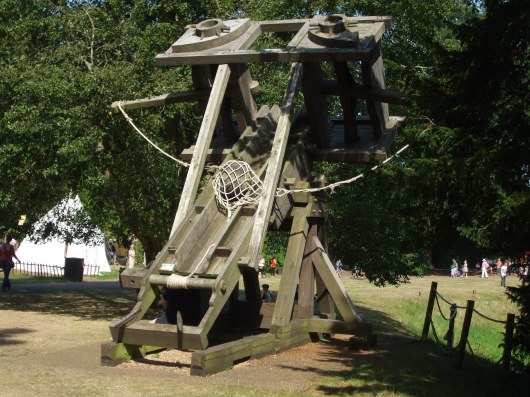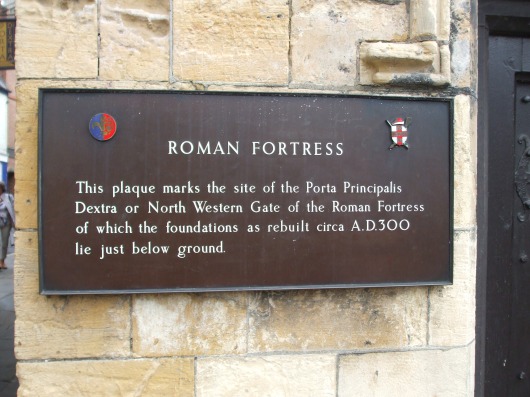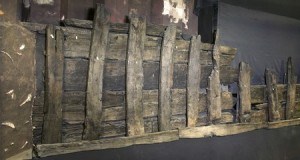Last November I wrote a post about how Bonfire Night, or Guy Fawkes Night, is celebrated in the U.K. today – and how different it is now to when I was growing up in the 1950s and 60s. In that post, I didn’t focus on why Bonfire Night is celebrated in the first place: in other words, I wrote little about the history behind the event. But in this post, that’s what I do intend to do…
In earlier centuries, the Gunpowder Plot of 1605 was often called the Gunpowder Treason or the Jesuit Treason (treason being a crime involving disloyalty to the Crown in any way, including plotting against the sovereign’s life). It was a failed plot by thirteen Catholics to assassinate James I by blowing up the Houses of Parliament.

So what was the reason for the plot?
When Queen Elizabeth I died in 1603, English Catholics who had been persecuted under her rule had hoped that their future would be greatly improved, and her successor, James I, would be more tolerant of their religion. James had had a Catholic mother (Mary Queen of Scots) and had a Catholic wife. At first, the signs were promising and reforms were made. But by 1605, under pressure from his spymaster, Sir Robert Cecil, and in an effort to appease the more extreme Protestants such as the Puritans, James once again incresed the penalties on anyone practising the Catholic faith. He ordered all Catholic priests to leave England.

This so angered some Catholics that they were willing to take extreme measures, supported by the Catholic monarchies of Europe. Two plots against James had already failed when a third group of plotters began to take shape, under the leadership of Robert Catesby, a well-to-do gentleman of Warwickshire. The thirteen young men hatched a plan to strike at the opening of Parliament on November 5th, 1605. Eight of them are shown on this picture:

Once James was dead, they intended to put his daughter, Elizabeth, on the throne, thus returning England to the Catholic faith.

It was Guy Fawkes (who had adopted the name of Guido while fighting for the Spanish) who posed as a servant called John Johnson and began locating sources of gunpowder.

The plotters rented a cellar/undercroft beneath the House of Lords (a chamber inside the Houses of Parlaiment shown on the first image above) and began stocking it with enough explosives to kill the king and the most powerful men in the land when they met on November 5th. Eventually they managed to store 36 barrels of gunpowder, enough to reduce the House of Lords to rubble.

As the day planned for the strike neared, it became clear to some of the plotters that innocent people would be killed in the attack, including people who had fought for the rights of Catholics. Lord Monteagle, the brother of Francis Tresham, one of the plotters, received an annonymous letter (almost certainly from Tresham) warning him to avoid attending the opening of Parliament on November 5th. Monteagle passed the letter to Robert Cecil.
Cecil decided not to act immediately: he wanted to catch the plotters in action. On November 4th he ordered searches of the whole of the Houses of Parliament and Fawkes was arrested. He was dressed ready for a swift get-away, with spurs on his boots.

Source: Henry Perronet Briggs – http://www.parliament.uk/gunpowderplot/children_arrest.htm Wikimedia Commons
Most of the conspirators fled as they learned of the plot’s discovery. Several made a stand against the pursuing Sheriff of Worcester and his men at Holbeche House, Catesby’s home.

Catesby was one of the plotters shot and killed, leaving eight of the survivors, including Guido Fawkes, to stand trial.
Fawkes suffered two days of severe torture on the rack in the Tower of London before confessing everything.
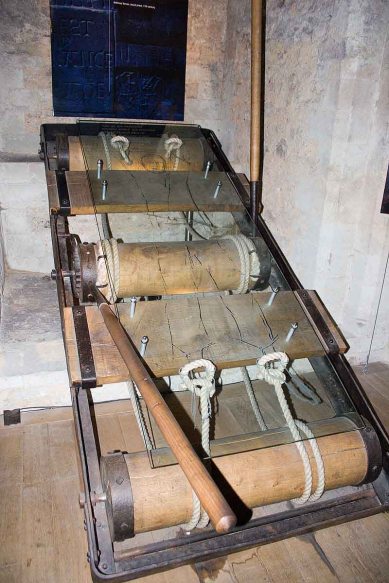
His chief interrogator was Edward Coke:

attributed to Thomas Athow, after unknown artist, after Cornelius Johnson. Public Domain. Wikipedia Commons
The confession Fawkes signed shows how much his joints, including those in his hands, had been so severely damaged.

At their trial on January 27th 1606, the eight surviving conspirators, including Fawkes, were convicted of high treason and condemned to be hanged, drawn and quartered.

The punishment consisted of the the victim being dragged, usually by a horse, on a wooden frame to the place where he was to be publicly put to death. This involved a gruesome procedure in which the victim was first hanged until almost dead, them emasculated, disembowelled, beheaded and quartered (cut into 4 pieces). The intestines /entrails were thrown onto a fire and the other remains were usually displayed in prominent places, such as London Bridge.
In the months after the plot, new laws were passed removing Catholics’ right to vote and restricing their role in public life. It was 200 years before these restrictions were fully lifted.
*
In Britain we continue to celebrate the failure of the plot against James I and the execution of his would-be assassins on November 5th every year. The burning of a ‘guy’ – an effigy of Guido Fawkes on top of a bonfire – has ensured the plot survives in national memory.
Remember, remember, the fifth of November
Gunpowder, treason and plot.
I see no reason why gunpowder treason
Should ever be forgot.
Here are a few pictures of Bonfire Night in the U.K.



